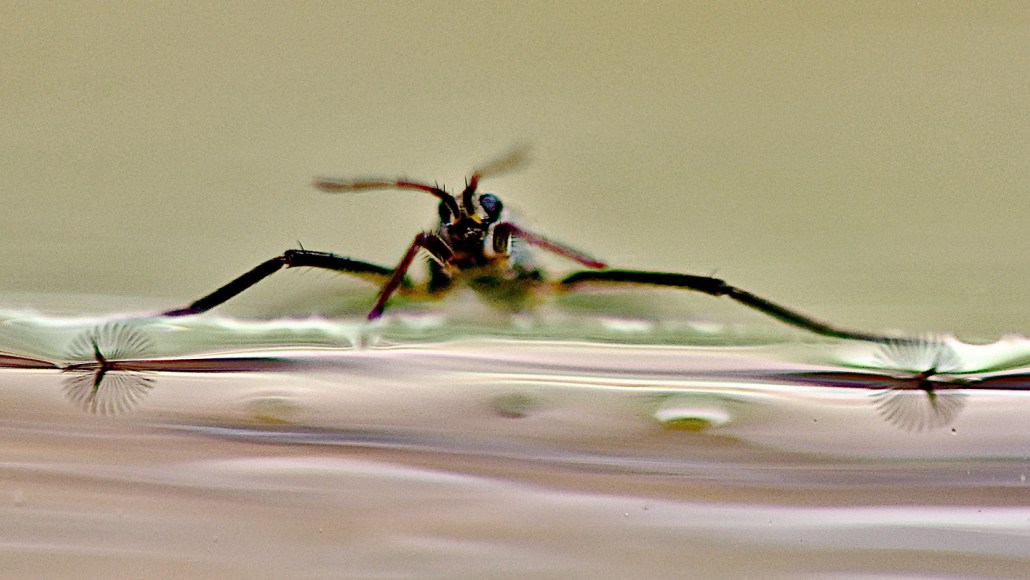
Animals
Ripple bugs’ frilly feet inspired a water-striding robot
The insects’ nimble movements on the surface of water inspired a robot with automatically unfurling fans on its feet.
Come explore with us!

The insects’ nimble movements on the surface of water inspired a robot with automatically unfurling fans on its feet.

This ambipolar electric field is weak. Yet it’s still strong enough to control the evolution of Earth’s upper atmosphere — and maybe life as we know it.

A controversial study suggests that ancient people might have used one to hoist the stones used to assemble into King Djoser’s pyramid.

Some ships host tall spinning cylinders that act like sails. Roughing the cylinders’ surface will greatly boost fuel efficiency, teen scientists find.

Using this method to stick and unstick metals from soft materials could one day create new types of batteries.

Three grand-award winners each took home at least $50,000. Hundreds more teens shared more than $9 million in prizes at the international competition.

Microplastics made from fossil fuels take centuries to disappear. But the plant- and algae-based plastic can break down in weeks to months.

Inspired by Lego building blocks, the approach could enable design of adaptable tools to study how fluids move through very small spaces.

Make your own ‘voltaic pile’ with pennies and nickels, and find out how many coins will make the most electricity!

When dipped in indican and exposed to sunlight, yarn turns a deep blue. This process is more eco-friendly than the current denim dyeing method.